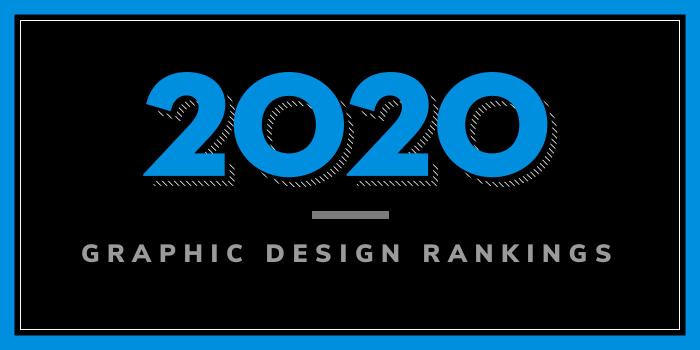Minneapolis College of Art and Design (MCAD) was established in 1886. The school, which shares a block with the Minneapolis Institute of Art, serves more than 800 students from 45 states and 15 countries. Of these, 50% are enrolled in Design, 38% in Media Arts, 10% in Fine Arts, and the remaining 2% in MCAD's new Arts Entrepreneurship Department. More than 20 programs are available across several departments, including a BFA in Graphic Design, Post-Baccalaureate Certificates in Graphic Design and Interactive Design and Marketing, and an MFA in Visual Studies. A 30 credit hour MA in Graphic and Web Design (online) is also available.
Students in the 120 credit hour BFA program “will develop their own voice and produce original work, they will research, engage with, and create innovative concepts, content, and form, and learn to communicate ideas visually,” says the school. Students will also “refine their technical and conceptual design skills in preparation for a professional career in graphic design.”
The 60 credit hour MFA program allow students to pursue creative work in Graphic Design, Illustration, Interactive Media, Paper and Book Arts, Printmaking, and many others. Students will participate in opportunities “unique to MCAD’s MFA program” at art galleries, art centers, and nonprofits, designed to position students for success post-graduation. Most credits in the program are earned through one-on-one work with a faculty mentor who is an expert in the students chosen field. Optional internships are part of the program as well as a capstone thesis exhibition and paper in the final year.
Designed for motivated working adults, the 30 credit MA in Graphic and Web Design takes place entirely online. Courses cover typography, research, design principles, programming, ideation, web design, workflow management, and more. Students can start in fall or spring, and take one or two classes per semester.
Students in all programs also have the option to study abroad in places such as Italy, Japan, Ireland, England or Germany, or elsewhere in the U.S.




